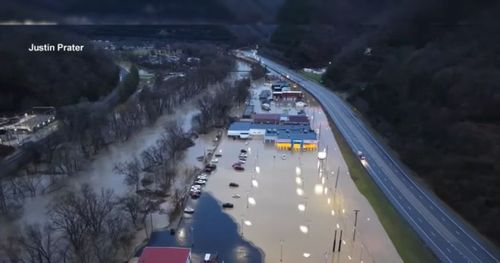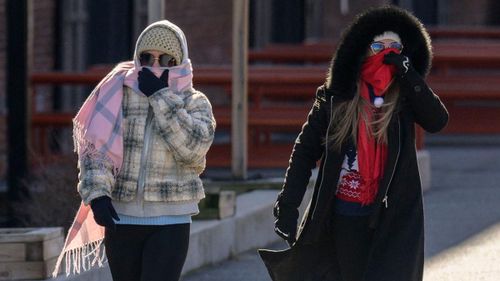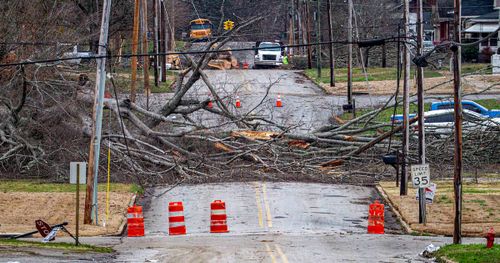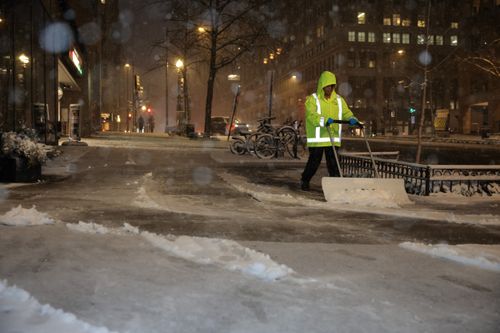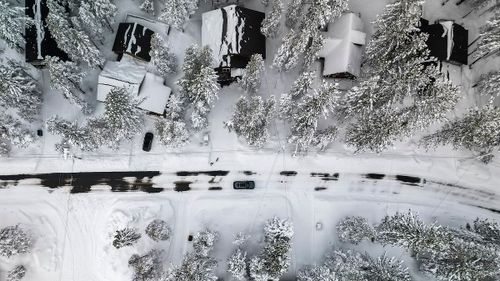 Newsweek
NewsweekLatest round of harsh winter weather kills 9 across US, including 8 in Kentucky floods
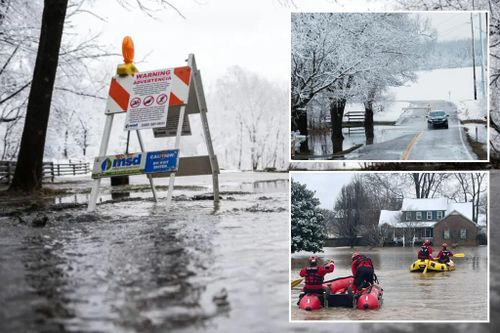
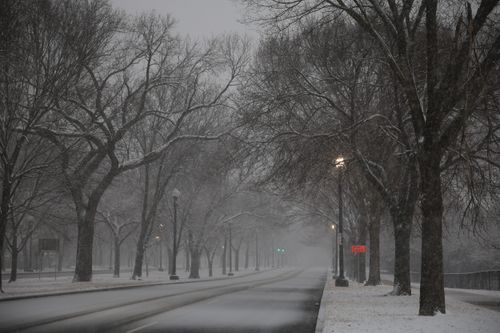
The U.S. is set to feel the impacts of an Arctic polar vortex next week, meteorologists have warned, with sub-zero temperatures possible across much of the country. According to the Severe Weather Europe website—an online resource of global weather forecasts—a mass of cold air, spurred by the polar vortex, has been forecast to move over Canada and the northern United States around mid-February, potentially leading to colder temperatures and increased snowfall. The return of the vortex "could set the stage for a widespread winter storm," said meteorologist Ben Noll on X (formerly Twitter). The Arctic polar vortex, as described by the National Weather Service (NWS), is a strong band of west-to-east winds that forms in the stratosphere, 10 to 30 miles above the North Pole, during winter.
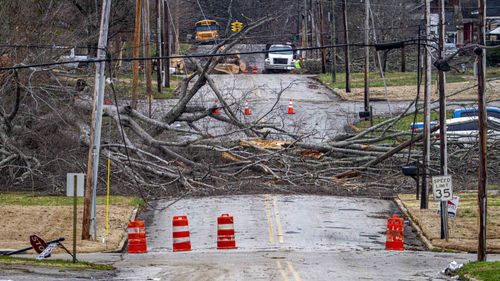
Harsh weather moved west on Monday as a polar vortex was expected to grip the Rockies and the northern Plains after winter storms pummeled the eastern U.S. over the weekend, killing at least 10 people, including nine victims in Kentucky who died during flooding from heavy rains. The National Weather Service warned of “life-threatening cold” into Tuesday, with temperatures in northeastern Montana predicted to dip as low as 45 degrees below zero (-42.7 degrees Celsius) with wind chills down to 60 below (-51 degrees Celsius). Meteorologists said several states would experience the 10th and coldest polar vortex event this season. Weather forces in the Arctic are combining to push the chilly air that usually stays near the North Pole into the U.S. and Europe.
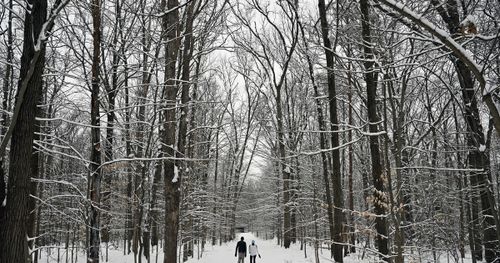
The polar vortex is coming back. After a half-month hiatus, frigid air will again surge across the United States beginning this weekend through next week, as the unusually cold blob of air dips southward, covering various parts of the country by Tuesday. Ushering in the vortex is a winter storm, the third one of the week, which will track from the Intermountain West on Friday to the East Coast on Sunday. The storm will bring accumulating snow or ice to around a dozen states, flooding to the Tennessee and Ohio valleys and a severe line of thunderstorms to the Deep South. From there, the vortex will bring dangerously cold, subzero temperatures to more than 80 million people across the United States through next week.

